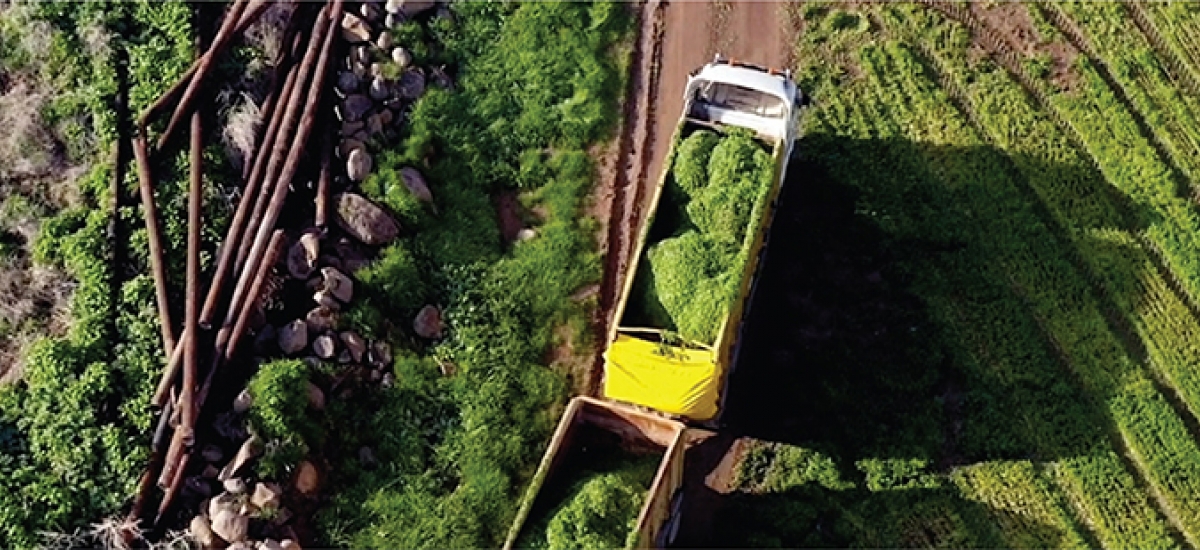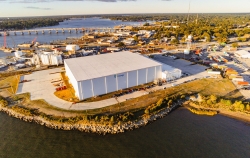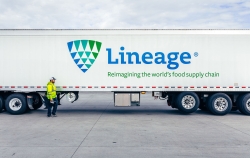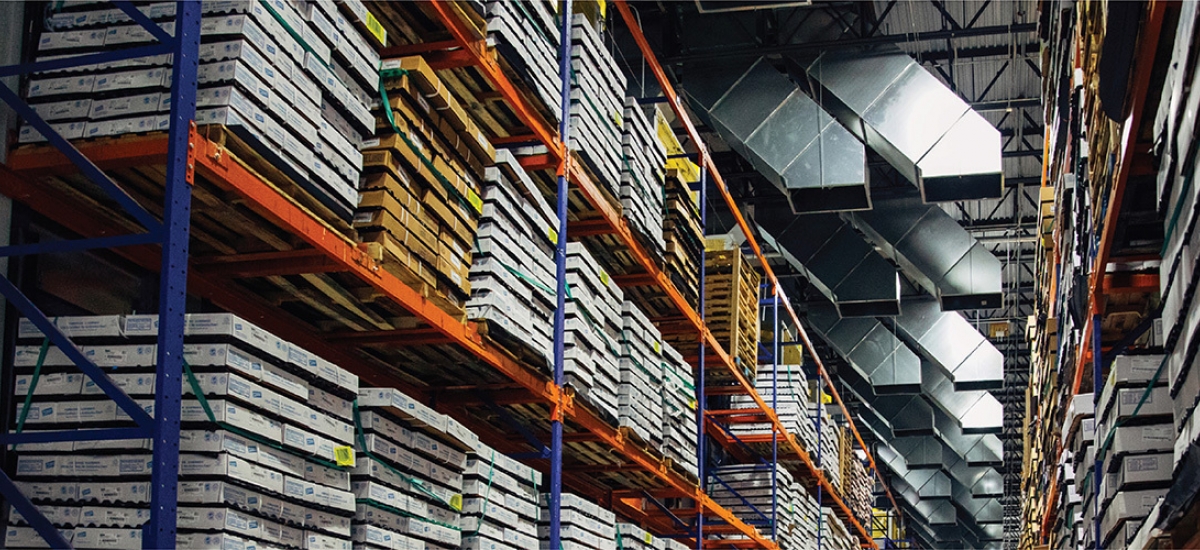La automatización hace más ecológica la cadena alimentaria
La automatización es - Una serie sobre los retos y oportunidades de la logística alimentaria.
06 de agosto de 2021
Reto nº 3: Sostenibilidad y eficiencia energética
La sostenibilidad es ahora un principio social central.
A principios de este año, el Presidente Joe Biden hizo un llamamiento para reducir las emisiones de gases de efecto invernadero de Estados Unidos entre un 50% y un 52% para 2030, el mismo día en que el país se reincorporó al Acuerdo de París. Esto es una señal para las empresas de Estados Unidos -y de todo el mundo- de que la sostenibilidad y la eficiencia energética son más importantes que nunca. Acercándolo a casa, la llamada a la acción para la comunidad de la cadena de suministro es clara: tenemos que tomar medidas y promover la sostenibilidad medioambiental, reducir los impactos de la huella de carbono e impulsar una cadena de suministro más ecológica.
Según el Instituto de Recursos Mundiales, las emisiones mundiales anuales de gases de efecto invernadero han aumentado más de un 40% desde 1990, una cifra que sigue creciendo (Ge y Friedrich, 2020). El sector de la cadena de frío debe transparencia en materia de sostenibilidad a nuestros consumidores, a nuestros socios y a las generaciones futuras. Trabajar juntos para reducir colectivamente la huella de carbono de la industria sigue siendo un punto crítico de la agenda global, y estamos en una posición única para tener un impacto dramático en el medio ambiente.

El 81% de las empresas de la cadena de suministro están hoy más centradas en la sostenibilidad que hace tres años (Coyote Logistics, 2020)
Recognizing our emissions impact.
Key drivers in multiple sectors of the global economy and the world’s population are demanding change – and the cold chain industry understands that it needs to do its part. A recent study found 81% of supply chain companies are more focused on sustainability today than they were three years ago. And as the Massachusetts Institute of Technology reported in a 2020 study, this shift is partially due to pressure from key supply chain stakeholders that we apply additional efforts toward sustainable operational practices and join the global demand to go green.
The expected result: Supply chain professionals will be a driving force behind the development and execution of their companies’ sustainability programs, searching for ways to create efficiencies and reduce emissions.
And automation is core to our commitment to energy efficiency and sustainability.
Automation in action: Measuring efficiency by degrees.
Conserving energy and achieving efficiencies across our global operations are passions at Lineage Logistics. In our never-ending quest to conserve energy, our Data Science team examined a time-tested practice known as flywheeling to see how it could be improved with a more technology-driven solution.
Flywheeling leverages the frozen contents of a freezer to maintain the optimal temperatures without electricity. During off-peak hours, the warehouse cools products well below their required temperatures. As the facility enters peak hours, the power used to cool the products is greatly decreased as the food’s own temperature is used to keep the food within accepted temperatures. Typically, a manual process relies on humans to “turn things off” during peak times. So, the team asked itself how it can take control of the process by making the process automated without a significant investment.
Over the course of three years, Lineage’s Data Science team developed a patented algorithm that combined machine learning with AI to predict and inform scheduling and energy-related decisions, leading to a significant reduction in its energy intensity and year-over-year energy reduction – staying true to its commitment to reduce waste across its network. The result: Lineage was named a Better Practice Awards winner in 2021 by the U.S. Department of Energy for a third consecutive year, recognizing our outstanding energy-efficient innovations.
Building up instead of out.
Outside of the freezer, automated processes decrease the amount of heat entering a building. At a manual warehouse, an entire forklift must pass through the doors, but at an automated warehouse only a pallet must fit through the doors. In addition, a taller building reduces the heat entry via the roof relative to the product it stores. Such a decrease in heat infiltration decreases the demand on the refrigeration system itself, directly decreasing the energy cost. It further allows the warehouse to maintain the temperature for a longer time, increasing the benefits of flywheeling. Building up instead of out not only reduces our physical footprint but can also reduce our energy usage.
Implementing environmental sustainability and greatly reducing the cold chain’s carbon footprint are essential components of the cold chain’s future. By taking a closer look at time-tested practices and infrastructure, and investing in technology and talent to improve them, we can work towards a greener food supply chain.
In Challenge #2 we established that by advancing the technology we use in our operations, we can alleviate the impact of a labor shortage and keep the food supply chain moving. Next in the series, we’ll look at ways to promote sustainability through eliminating food waste and optimizing food safety.
(2020, 1 de octubre). Un nuevo estudio revela que el 81% de las empresas están más centradas hoy en la sostenibilidad. [Comunicado de prensa]. Coyote.com. https://resources.coyote.com/source/supply-chain-sustainability-press-release
Centro de Transporte y Logística del MIT y Consejo de Profesionales de la Gestión de la Cadena de Suministro. Estado de la sostenibilidad de la cadena de suministro 2020. Cambridge, MA: Centro de Transporte y Logística del MIT. 2020. https://ctl.mit.edu/sites/ctl.mit.edu/files/2020-09/State_Supply_Chain_Sustainability_MIT_CTL_CSCMP_0.pdf


